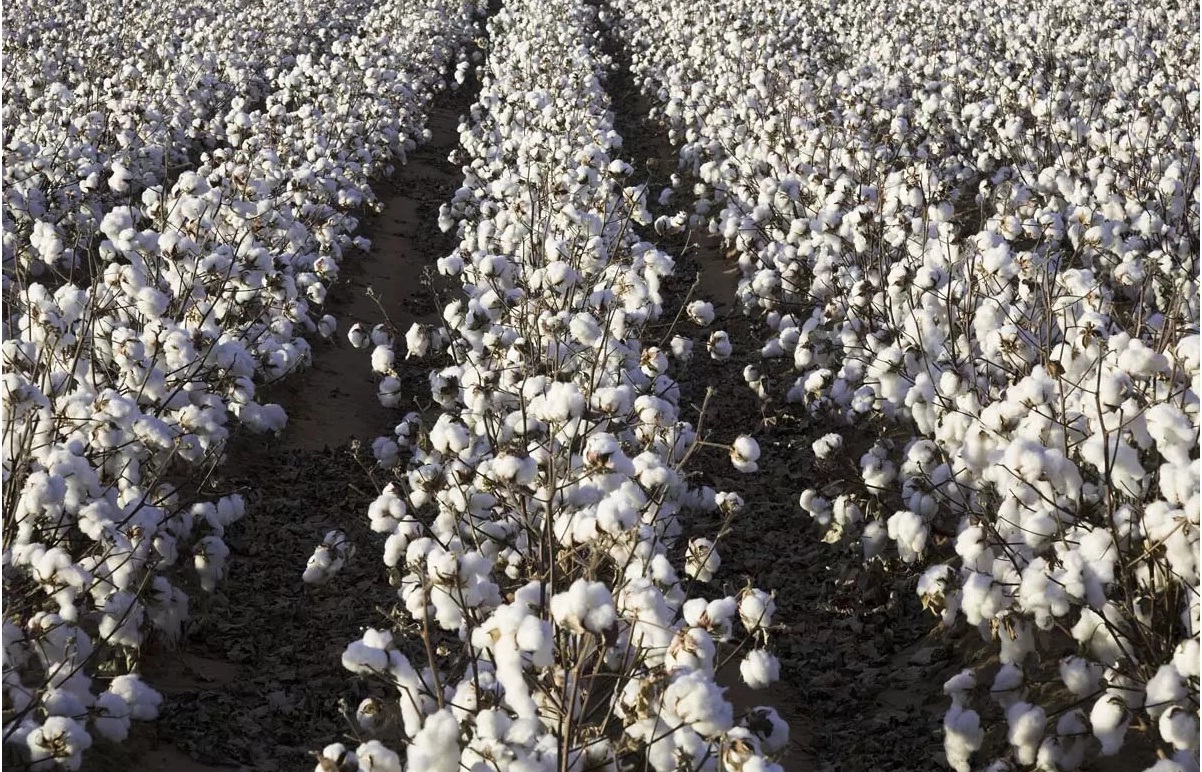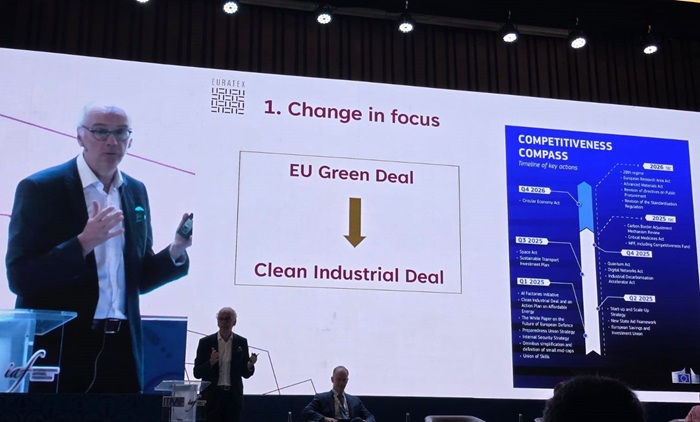
With the deadline of importing duty-free cotton in India finally over on November 1, when the new season began, Indian cotton industry is in a fix. Recent disruptions in global supply chain have delayed India-bound cotton imports from Australia and the US which are stuck in transit, coupled with an acute shortage of containers. The Cotton Association of India (CAI) has appealed to the textile minister Piyush Goyal, to extend the period for another month, as these shipments will take time to reach Indian ports.
CRISIL reports fall in cotton exports
Meanwhile, the duty-free extension will enable importers to receive the natural fibre as per government’s policy and reduce the suffering of cotton industry. Cotton prices have dropped recently by around 44 per cent from its peak of Rs 108,000 per candy of 356 kg and with the peak of the arrival season beginning, prices are expected to drop further drop.
As per a Credit Rating Information Services of India (CRISIL) report, lower Capital Expenditure (Capex ) will have a slight impact on credit profiles of cotton yarn spinners. Over the next few years, Indian cotton yarn will be benefitting from the US ban on Chinese exports from the Xinjiang region, which will boost its own sales. Even then, export volume will fall up to 20-25 per cent this year due to the high-base effect of last fiscal year and also because domestic demand is expected to pick up 7-9 per cent soon due to more orders from end-user segments. “There are three reasons for moderation in the profitability of spinners this fiscal year. First, is the fall in cotton-yarn spreads to Rs 90-95 per kg this fiscal (similar to Rs 85-90 per kg pre-pandemic) from Rs 115 per kg last fiscal. Second is low-capacity utilization in the first half that can’t be compensated fully in the second half, and third, expected inventory losses due to correction in cotton prices,” points out Gautam Shahi, Director of CRISIL Ratings,
Man-made fibers usage increases
As a result of this, the average debt to EBITDA (Earnings before Interest, Tax, Depreciation and Amortisation) the ratio of cotton spinners could grow to twice this fiscal from an exceptionally low 1.4 times last fiscal. That would still be lower than the 3-3.5 times seen between fiscal years of 2017- 2020.Capex will be curtailed this fiscal to Rs 1,800 crore, which is equal to the average annual Capex of Rs 1,700 crore between fiscal years of 2017-2020- which included the Covid years - as compared with the Rs 2,400 crore last fiscal.
However, credit profiles will only be slightly impacted as Capex will be lower on-year while the working capital requirement is expected to remain stable and this will help to keep debt levels in check this fiscal year. Earlier, strong cash accruals which stemmed from higher profit margins had helped spinners to deleverage. These two together will help to keep the credit profiles of cotton spinners stable. This is indicated by an analysis of 110 cotton yarn spinners rated by CRISIL Ratings, which accounted for 35% of the industry’s revenue.
Industry analysts opine thanks to cotton import problems, demand for man-made fiber (MMF) products has risen sharply to 71 per cent with increased capacity utilization in textile mills using these fibres. International buyers feel the demand for cotton textiles will pick up during Christmas and the last quarter of this financial year once the inventory for textile goods is exhausted and improved production begins. The cotton industry remains in hope of the next quarter when it expects to make hay while the sun shines.












